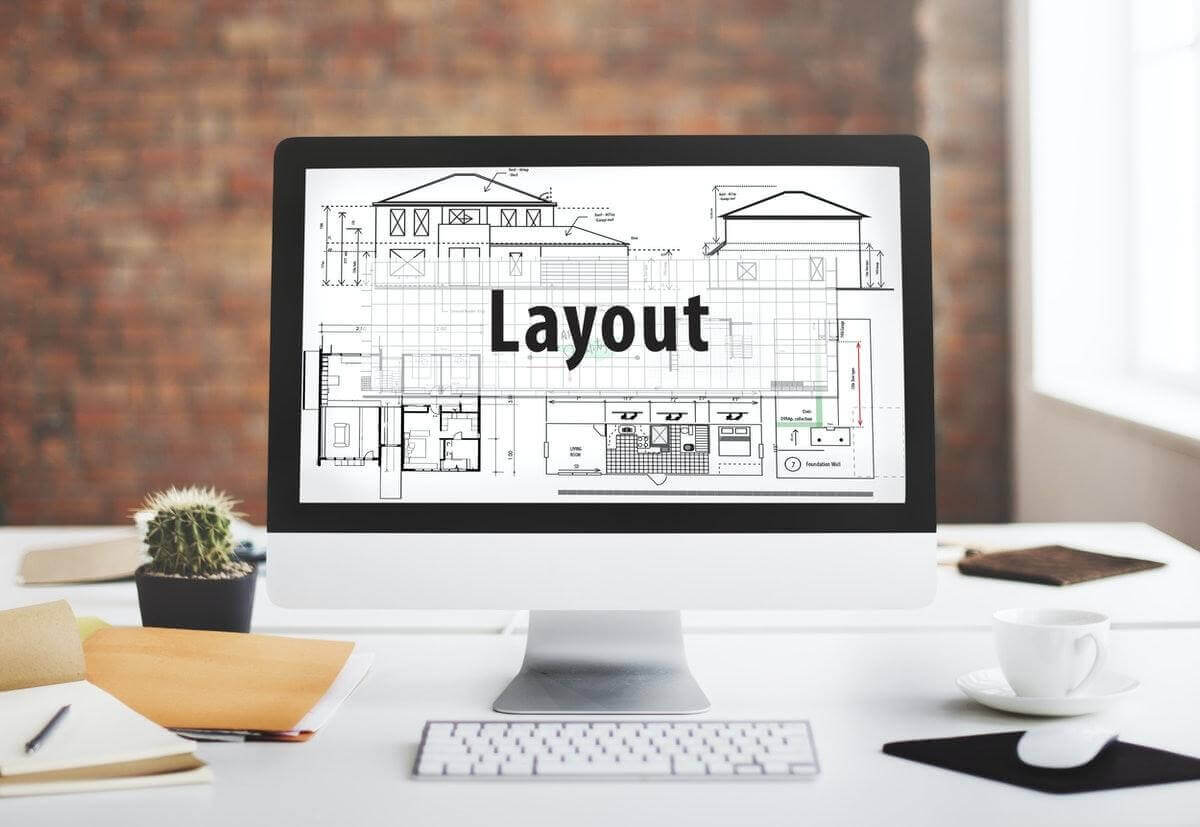Deloitte’s 2021 study found that 76% of engineering and construction executives plan to digitally transform their businesses.
Construction technologies provide data-driven insights, automate repetitive tasks, and speed up project delivery. Above all, they help you modernize construction projects and increase employee safety.
Here are several technologies that will dominate the construction industry in the future.
1. Artificial Intelligence
Artificial intelligence benefits the construction industry by boosting worker safety, streamlining workflows, and automating database management.
At construction sites, workers spend a lot of time on transports, rearrangements, and the search for materials. Moreover, companies in this niche often struggle with delays in construction that cause unnecessary expenses for the companies involved in the construction project.
That is where AI technologies shine. They help you update construction sequences and manage tasks efficiently while keeping all stakeholders updated. AI can detect potential problems, delays, and changes within the construction project and, in that way, help you resolve them on time.
Artificial intelligence also benefits the operators of heavy and mobile machinery at construction sites.
Machine operators often conduct a few tasks simultaneously. That may harm their overall productivity and increase the error rate. AI tools can automate routine tasks and do them for your machine operators.
2. Virtual Reality Technologies
Virtual reality technologies are often used with building information modeling software to improve the effectiveness of complex projects. For example, you can design a building with a BIM tool and then use VR software to walk around it.
That gives your employees and clients 360-degree insights into the construction project. They have a more realistic idea of what the project will look like once completed.
Virtual reality tools can significantly boost employee performance in the construction industry. According to statistics, they increase worker productivity by 8.5% and workplace satisfaction by 3.
online pharmacy purchase ivermectin online best drugstore for you
5%.
Most importantly, having a better understanding of the project before you start executing it lets you avoid massive changes and minimize unnecessary costs.
3. Smart Wearables and Sensors
Construction is one of the riskiest industries to work in. Accidents result in hundreds of worker deaths every year.
That is where wearable technologies and AI-driven sensors step in. They can enhance employee safety and accident prevention.
Here are a few types of construction wearables that have already been available:
- Smart boots have advanced sensors that let a worker know when they are at risk of a collision with a nearby construction vehicle. Sure, the machine also needs to use sensors.
- Smart hard hats sense brainwaves. Their task is to identify microsleeps and high exhaustion levels that put construction workers at risk of injury.
- Power gloves increase strength and minimize overuse injuries.
To improve their safety, employees can use other AI-powered devices, such as smartwatches or goggles.
4. Innovative Construction Materials
The construction field is constantly improving and evolving. New materials, technologies, and construction models enable builders and contractors to perform their tasks faster and more reliably.
This trend is going to revolutionize the real estate industry, too. With the rise of eco-friendly and affordable construction materials, more and more people choose to build new homes rather than purchase old ones. One such example is new construction homes in Raleigh NC that have experienced massive growth over the past few years.
One of the most innovative building materials is self-healing concrete. It is the combination of bio-concrete and a healing agent.
online pharmacy purchase zovirax online best drugstore for you
It uses sodium silica capsules that create calcite to repair cracks. When the concrete cracks and water reaches it, the healing agent activates and automatically fills in the cracks.
Carbon nanotubes have a thickness of one nanometer, having the highest strength-to-weight ratio of any material. You can combine them with a wide array of construction materials to enhance their strength and durability.
Transparent aluminum has revolutionized the construction industry for a good reason. It has the transparency of glass, and yet, maintains the strength and malleability of metal. This futuristic construction material provides visually appealing structures that require less support than traditional glass structures.
5. 3D Printing
3D printing is one of the hottest trends in the construction industry, transforming material sourcing. It plays a fundamental role in the prefabrication process. Materials for a construction project are printed off-site and then transported to the job site, ready for immediate use. That helps you streamline the construction project faster and remove the extra steps in the middle.
You can also print materials right on site, which helps you minimize waste and reduce transportation and warehousing expenses.
However, construction companies are still struggling with the implementation of 3D printing technologies.
online pharmacy purchase antabuse online best drugstore for you
Only a few 3D printers can be used for mass production. Unsurprisingly, they cost an arm and a leg.
Innovation is the Future of the Construction Industry
Construction is one of the fastest-growing industries. Innovations in materials, tools, and technologies can help companies streamline workflow, boost employee performance, and increase worker safety on the construction site.
Artificial intelligence, smart sensors, and wearable devices provide you with better insights into your construction projects and help you make informed decisions in the future.
I hope these insights will help you!


